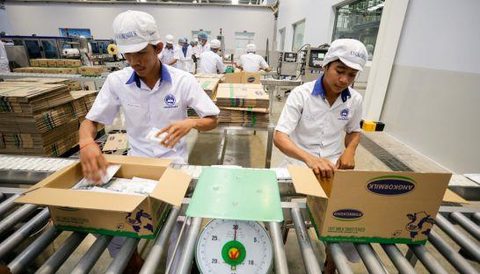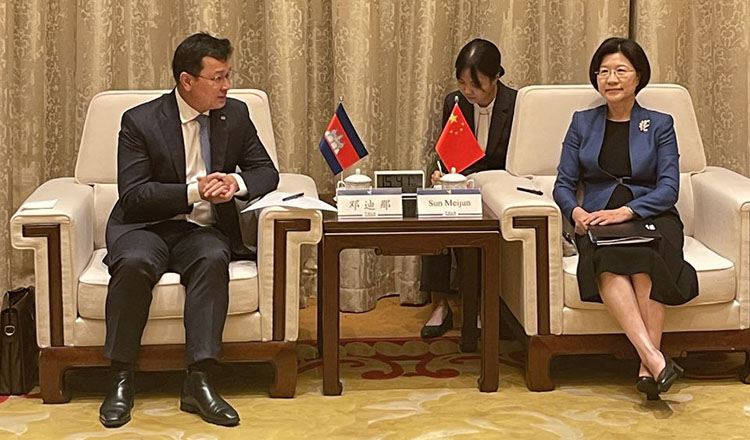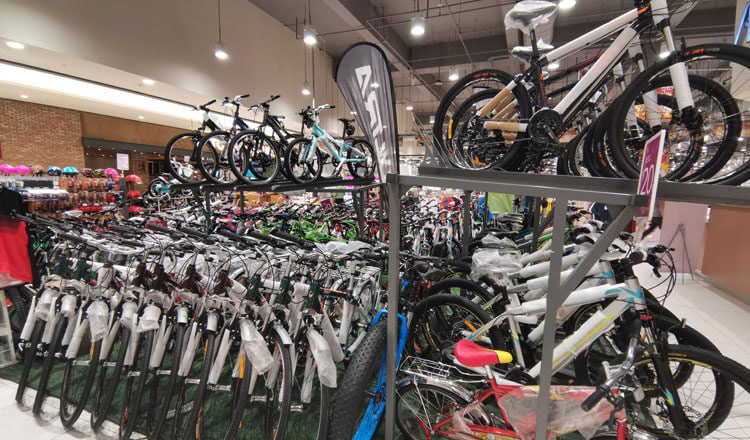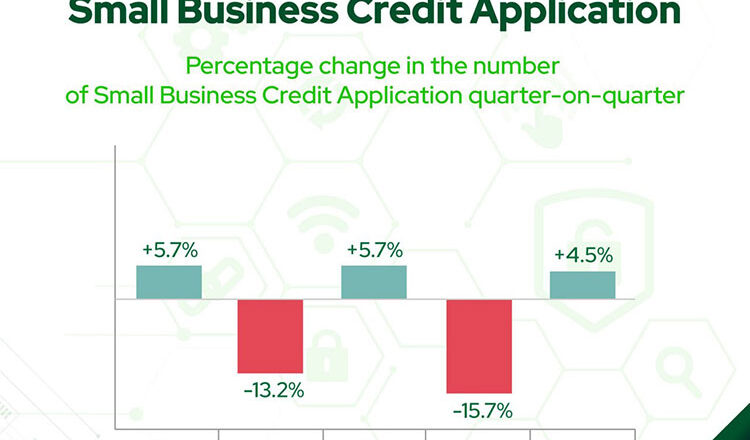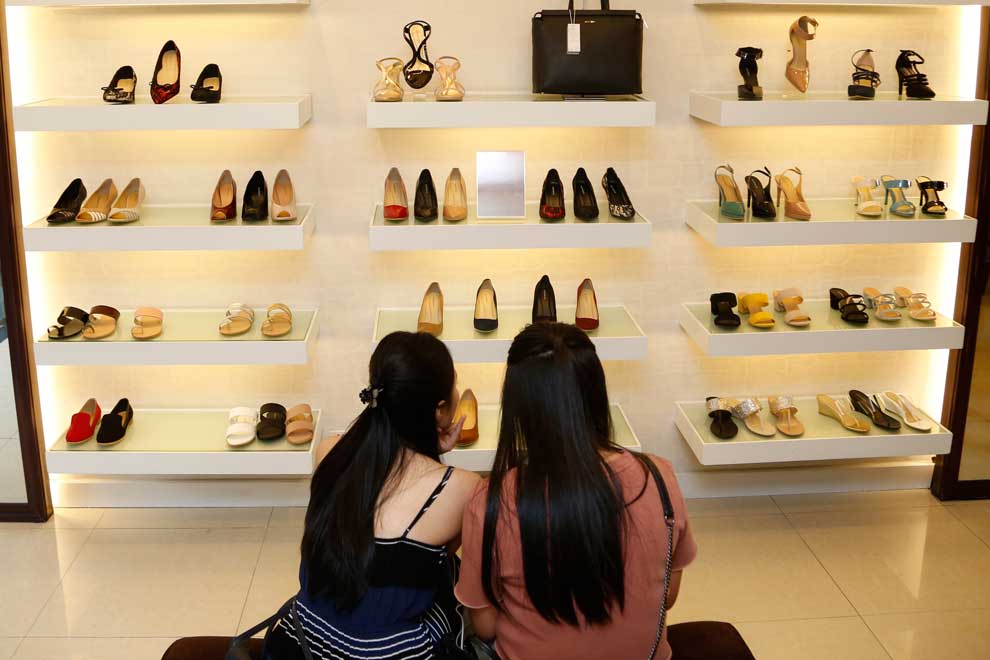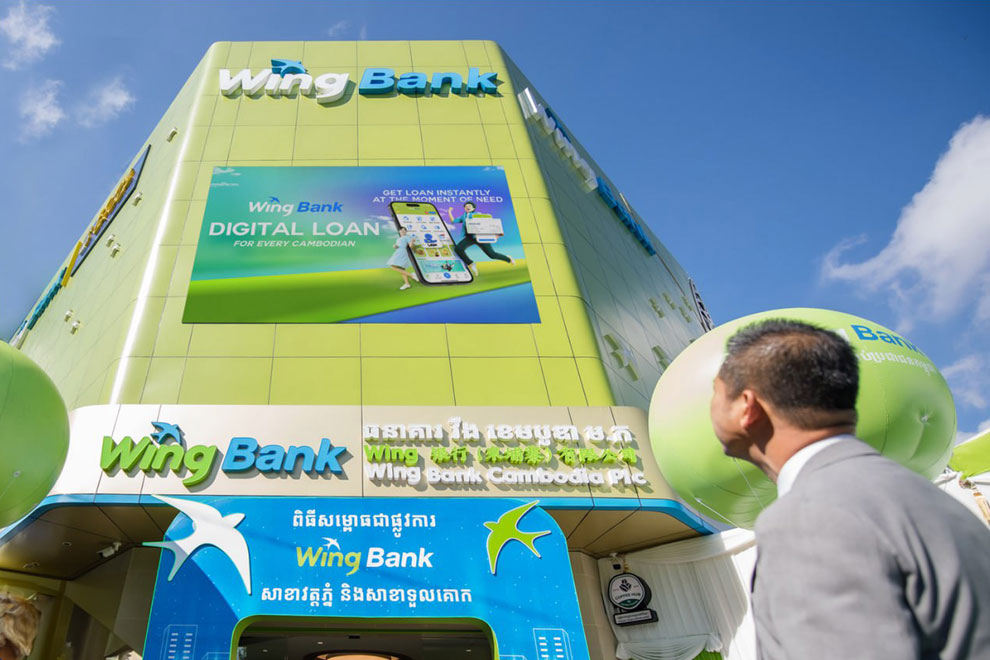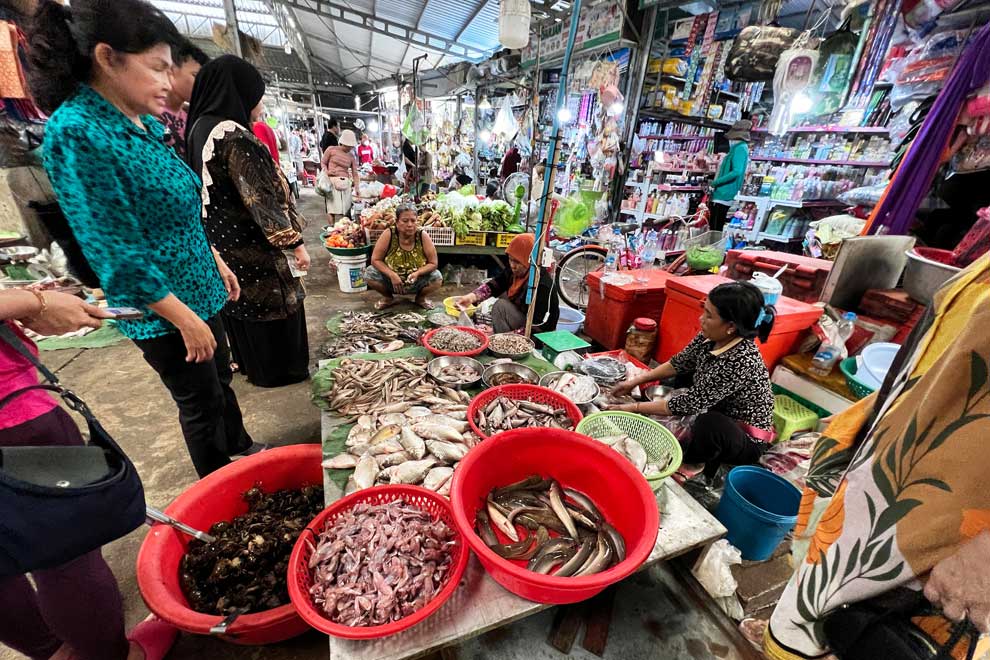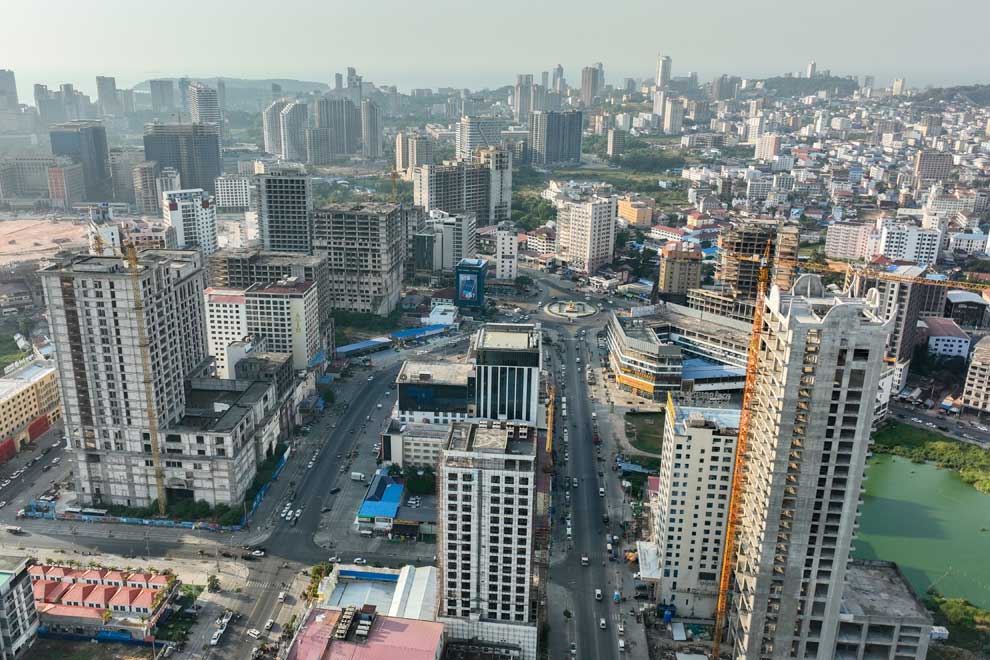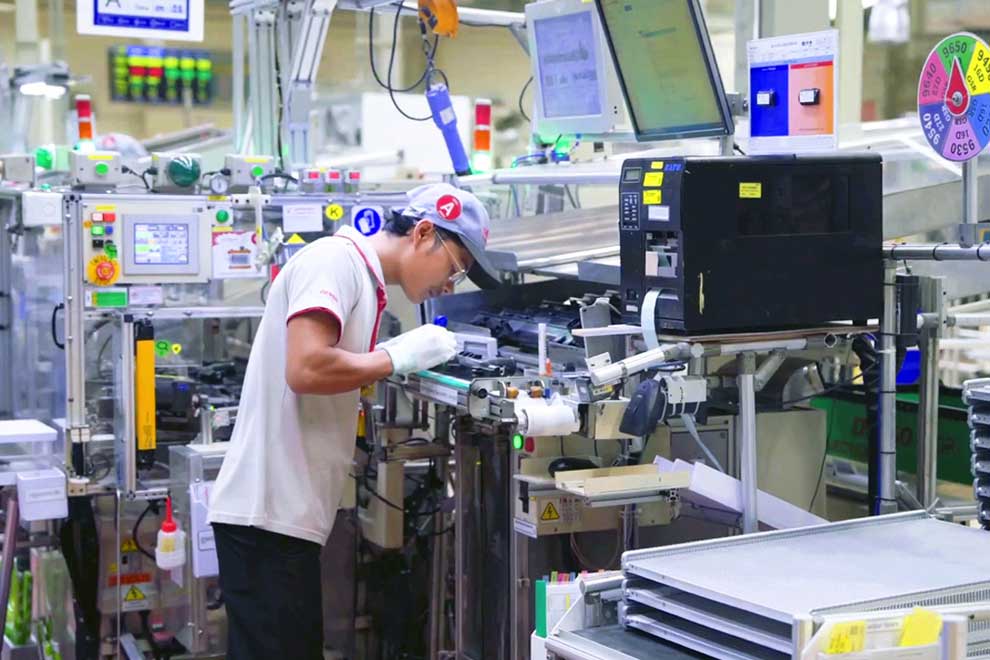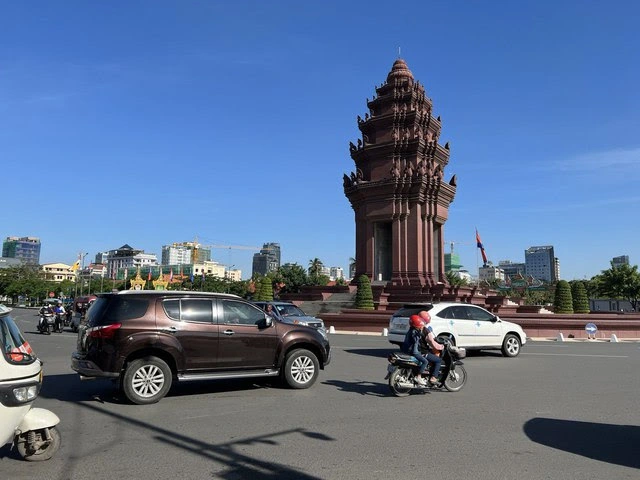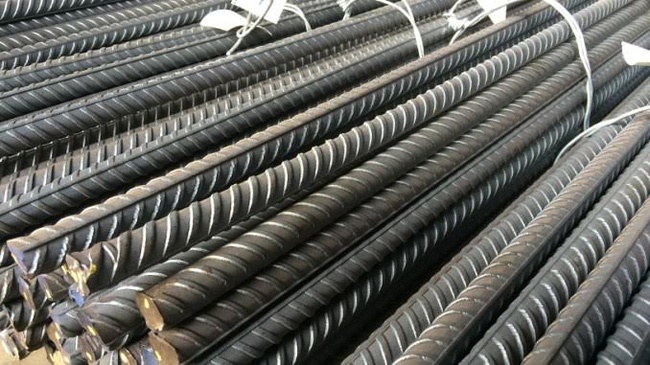Latex exports dip, tyre sector drives domestic demand
Latex exports dip, tyre sector drives domestic demand
Cambodia garnered over $535 million from rubber products in 2023, with international exports constituting 90% of the total and the remaining 10% stemming from domestic consumption, due to rising demand from the country’s tyre manufacturing industry.
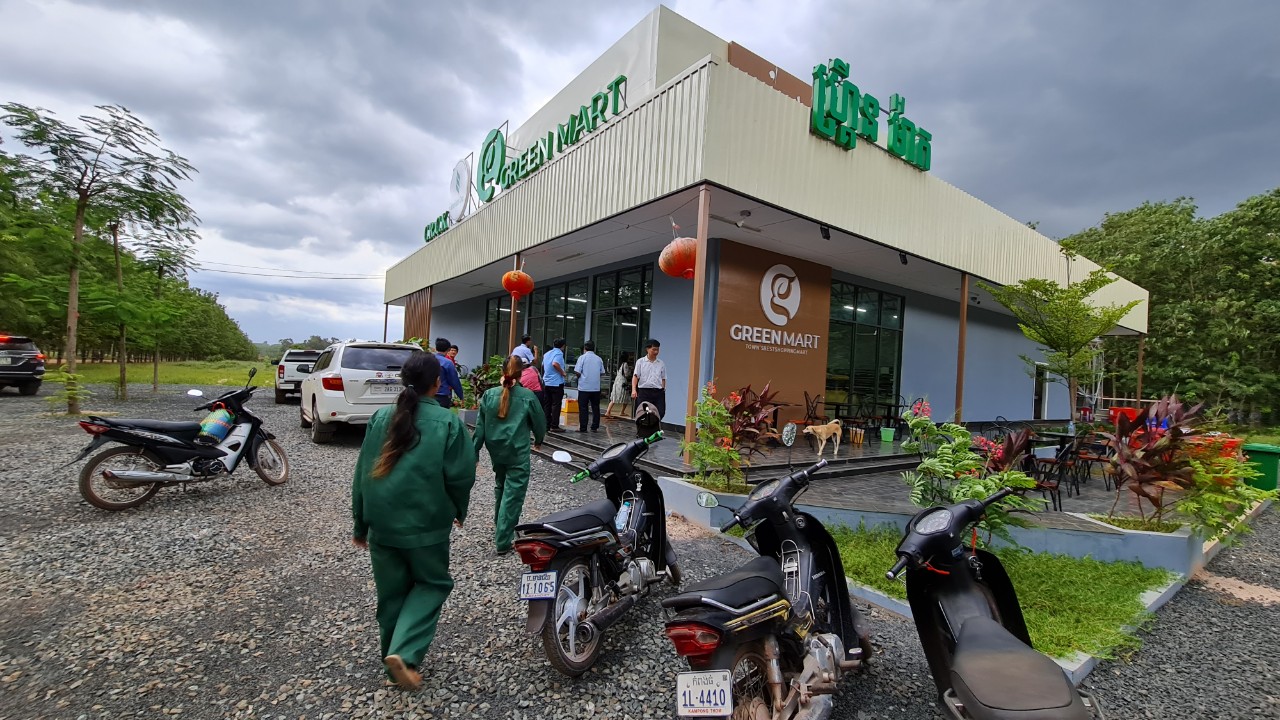
According to data from the General Department of Rubber, the country’s earnings from latex products reached $536 million in 2023, including $490.6 million from latex exports, $1.6 million from rubber wood exports and $43.8 million from domestic rubber consumption.
Cambodia exported 368,048 tonnes of latex in 2023, a decrease of 4,855 tonnes from 2022’s figure, and 9,411 cubic metres of rubber timber, 17,078 less than the previous year. The country's domestic latex use amounted to 30,452 tonnes.
Him Aun, head of the general rubber department, stated on February 5 that there was a slight increase in harvested rubber in 2023 compared to 2022, but export volume decreased slightly due to rising demand from local tyre manufacturers.
He noted that the increasing number of tyre factories is expected to continue boosting domestic use.
Aun added that most rubber products are exported through brokers to various countries, including Vietnam, China, South Korea, Malaysia, Singapore, Japan and EU members.
"Exports of latex in 2023 declined owing to the surge in domestic demand; the volume exceeded 30,000 tonnes. The consumption of latex in Cambodia in 2024 will undoubtedly surpass that of 2023," he said.
Lim Heng, vice-president of the Cambodia Chamber of Commerce, said the presence of tyre factories has positively impacted the latex market.
He said the industry previously relied almost entirely on exports to neighbouring and regional countries, but expects the situation to improve with the increase in the number of tyre manufacturing facilities.
“Rubber is a key commodity that Cambodia exports to international markets annually. However, exports will decrease as local factories begin utilising latex in Cambodia,” he added.
With the establishment of various tyre and automobile assembly plants, Heng is optimistic about a more robust market for latex in the future.
Former Prime Minister Hun Sen expressed a desire for industrial plants in Cambodia to utilise local raw materials like rubber and cashew nuts during the inauguration of General Tires Technology (Cambodia)'s $300 million factory in the Sihanoukville Special Economic Zone (SSEZ) on May 22, 2023.
He emphasised that local manufacturing not only creates job opportunities but also introduces modern technology, aligning with the government’s industrial policy.
According to the general rubber department, by the end of 2023, the country’s total rubber plantation area was 407,172ha, a 0.64% increase (2,594ha) from 2022. This included 226,840ha of agro-industrial rubber plantations and 180,332ha of family plantations.
Of this, 320,184ha were tapped for latex, equating to 78.6% of the total area, marking an increase of 4,852ha. The average annual yield rose to 1,228kg per hectare, up by 16kg from 2022.
For reference, the Kingdom’s latex and rubber wood exports generated over $531 million in 2022, comprised of $527.8 million from latex exports and more than $4 million from rubber wood.


